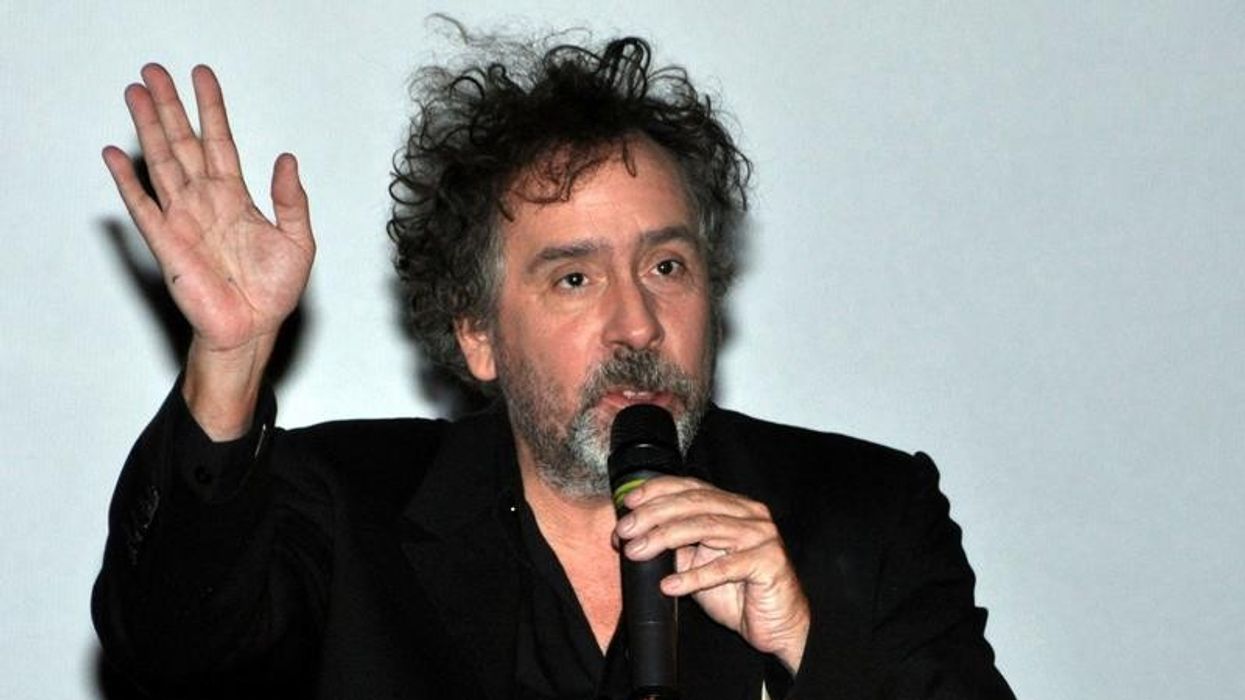Breaking Down the Iconic 'Crop Duster' Scene from Alfred Hitchcock's 'North by Northwest'

First of all, let's take a look at the scene:
Hitchcock was (and still is) the master of suspense not just because he understood perfect pacing, but because he was able to repackage nightmarish clichés into fresh and exciting pieces of cinema. As you'll hear in this interview from 1965, the director explains something quite profound -- something that captures the heart and nature of filmmaking in a palpable way. (La Mort aux Trousses is the French title for North by Northwest.) He says:
That film was -- un rêve, comme un mauvais rêve [a dream, like a bad dream]. When you dream, you dream very real. Very real. Everything seems real in a dream. You are glad to wake up, because it's so real. So, you take a dream idea like La Mort aux Trousses -- it's a nightmare -- and you make it real. The audience [is] looking at a nightmare, and crazy things happening to him, but it must be real.
Cinema is essentially a lie -- a grand, beautiful lie that audiences are willing to believe if filmmakers are able to tell it well. Making things look "real" is not only subjective, but it also depends on your project. In Hitchcock's case, however, putting Cary Grant through a waking nightmare was his aim, and part of making that look "real" meant breaking away from clichés -- the quintessential scene that takes place in a dark alley, steam rises from a manhole cover, rain pelts the pavement, a single street light illuminates a man in a trench coat and fedora smoking a cigarette, when, from out of the shadows, his killer emerges. Instead of this, Hitchcock puts Grant in the middle of a rural intersection in the middle of the day. He explains why he did this in more detail in the interview below:
Studying North by Northwest is important for so many reasons, but its cinematography, especially in the "Crop Duster" scene, is so intricately, and beautifully done, that it deserves a thorough examining. Barry Ritholtz of The Big Picture shares an image that stuck out to him in a book written by Will Schmenner and Corinne Granof, Casting a Shadow: Creating the Alfred Hitchcock Film, that details the planning of each camera angle used during the sequence. At first glance, it looks like an absolute nightmare (which is fitting for this film), but none of this is apparent on-screen -- a testament to the talent of those who worked on the film, including editor George Tomasini and cinematographer Robert Burks, both long-time Hitchcock collaborators. Now, if you really was to dig into this material for a legitimate study session, Ritholtz also breaks down each camera angle shown in the image below into 61 bullet points, determining the shot size, location, editing, and more. Check it out here.
What do you think of Hitchcock's explanation of the "Crop Duster" scene from North be Northwest? What lessons on cinematography have you learned from Hitchcock's work? Let us know in the comments below.
Link: Sequencing the North by NorthWest Crop Dusting Scene --The Big Picture
[via VintageEuroTV & Cinephilia and Beyond]












